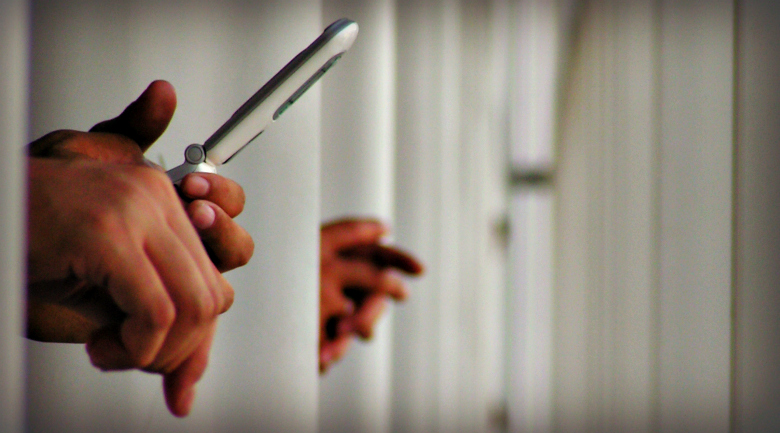
Building our own jail cells
People use social media for many different things. Some use it to simply stay in touch with friends and family; others use it as a form of marketing to alert consumers of upcoming events, promotions and as a way to engage with their brand loyalists. And some people use it to broadcast what they’re doing, where they’re going, how they’re feeling and what they’re thinking. While many social media users utilize these tools for one of these reasons, many use it for a combination of all three.
While it’s understandable to want to keep in touch and have conversations, what makes us want to blast our whereabouts and activities to the world where they can often be seen by any and every one? Colin Ellard, a director at the University of Waterloo in Canada, provides reasons why being addicted to social media is like building our own jail cells.
The Panopticon theory
Ellard references Jeremy Bentham as he describes the Panopticon prison design, which is defined as a space in which the prisoner is perpetually visible to his keepers, yet they are invisible to him, thereby causing anxiety as the guards remain unknown.
But how does this translate to social media? “Many of us are building a ‘state of conscious and permanent visibility’ for ourselves, and it doesn’t seem to be unwitting,” says Ellard. “Of our own free will, we build personal Panopticons. The physical walls that surround us and give us refuge and privacy have been rendered completely transparent by our own use of our computers and our smartphones.”
The explanation
With the ongoing uproar regarding our rights to online privacy, it’s almost contradictory that we willingly post intimate details of our lives on social media sites. These posts are almost like online trackers. Checking in at various locations gives a visual roadmap of where you’ve gone to dinner for the past few weeknights. Posts about a personal relationship or how you feel about your job are like diary excerpts on display.
And for those whose social media profiles aren’t limited to just friends and family, you are leaving virtual footprints and providing inroads into your thoughts and feelings to whoever happens to click on your page.
To Ellard’s question, by allowing ourselves to always be seen on social media pages, are we building our own social media jail cells? Prisons are designed to restrict and confine, and although social media does allow us the freedom to express our thoughts and feelings, by doing so, we are thereby giving up our ability to not be watched and monitored by advertisers, marketers and whoever else.
The takeaway
We are building ourselves into a cell where our every action can be seen and a set of virtual eyes takes residence over our shoulder and interestingly enough, the people constructing the walls aren’t undercover villains – they’re the everyday social media user tweeting every life detail on Twitter, checking in on Foursquare, or to take it a step further, checking in via face detection software using Facedeals. This argument could certainly be defended or negated, but definitely is one worth thinking about.
What do you think? Is social media causing us to build our own jail cells?
Destiny Bennett is a journalist who has earned double communications' degrees in Journalism and Public Relations, as well as a certification in Business from The University of Texas at Austin. She has written stories for AustinWoman Magazine as well as various University of Texas publications and enjoys the art of telling a story. Her interests include finance, technology, social media...and watching HGTV religiously.




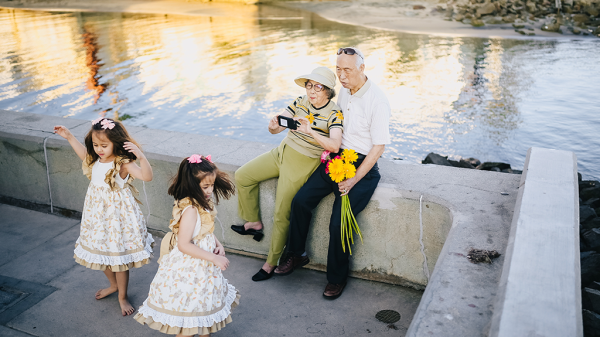

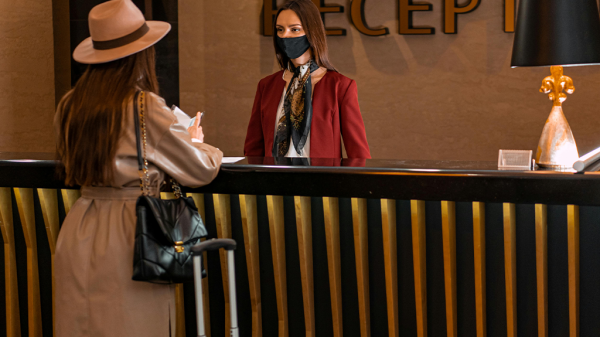
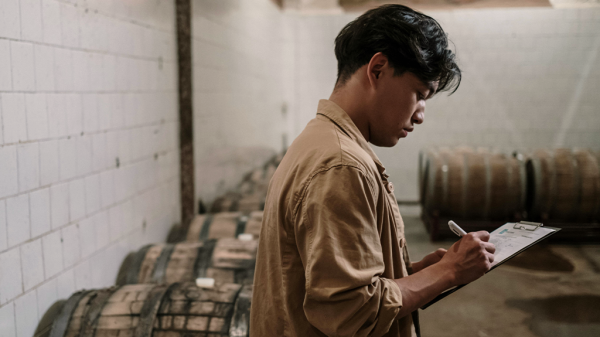
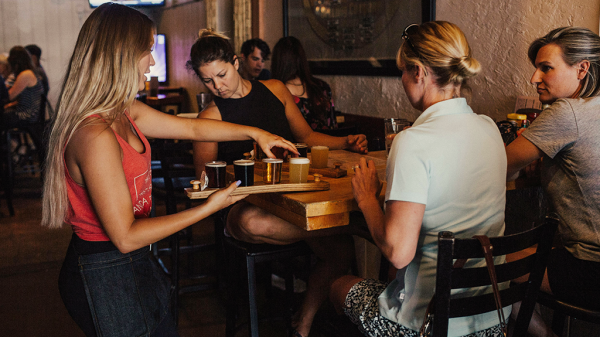
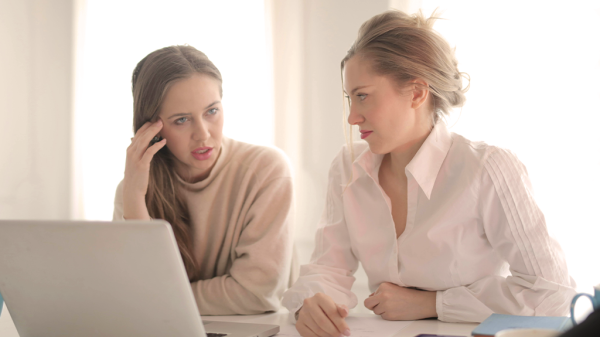
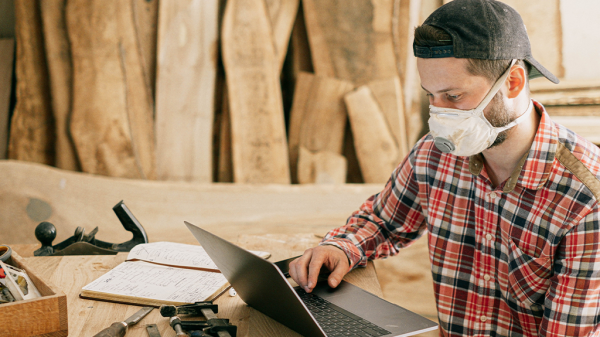
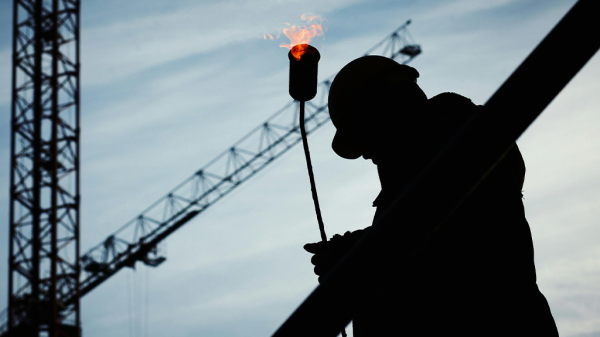
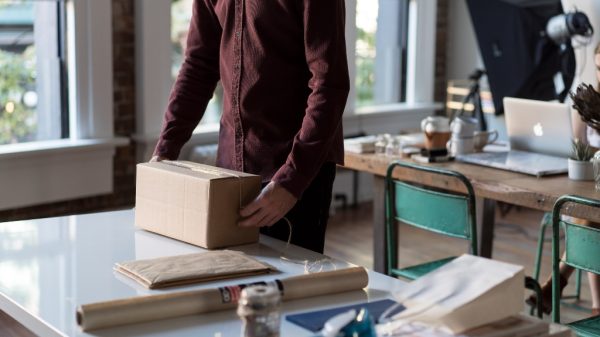
















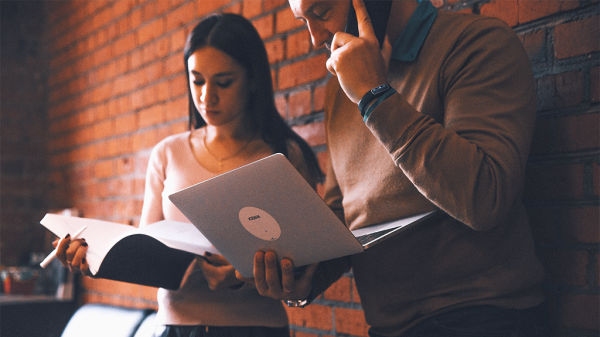


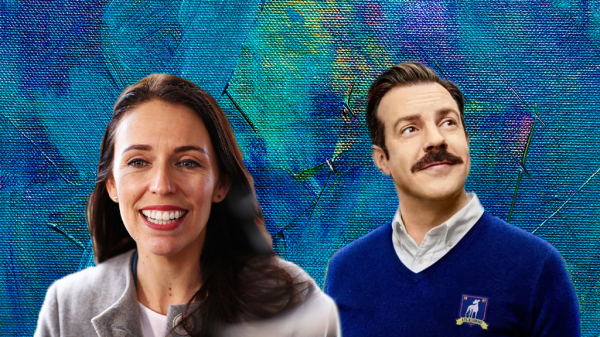


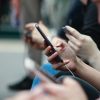


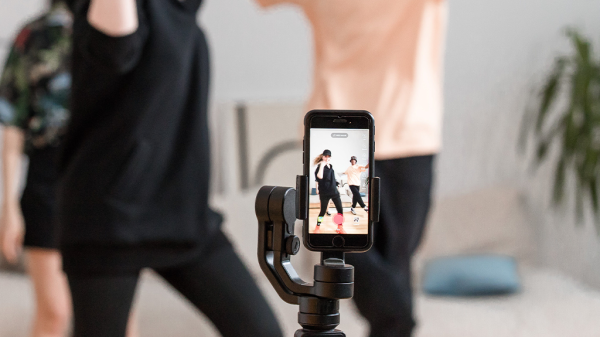
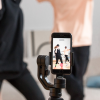
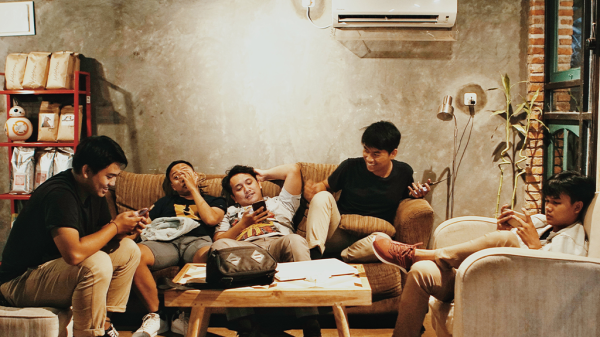
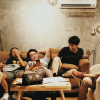
Tinu
September 12, 2012 at 7:45 pm
To an extent, I agree. This is True especially for those growing up with this technology and seeing it as the norm. and the biggest prisons are the ones for the mind. On the other and, a conscious effort at awareness can combat this. Until a former stalker found me online again, I shared freely — and it was great for business, so no regrets. At the time I wasnt so concerned with privacy because I thought it was too self-centered an idea that someone would care That much what I’m doing as a single daa piece. But after that experience I began to consciously filter my digital footprint. I check in to establishments when I’m leaving if I’m not with friends. I also make sure that each thing I expose as a purpose.